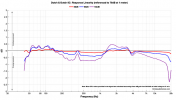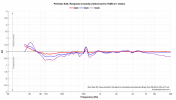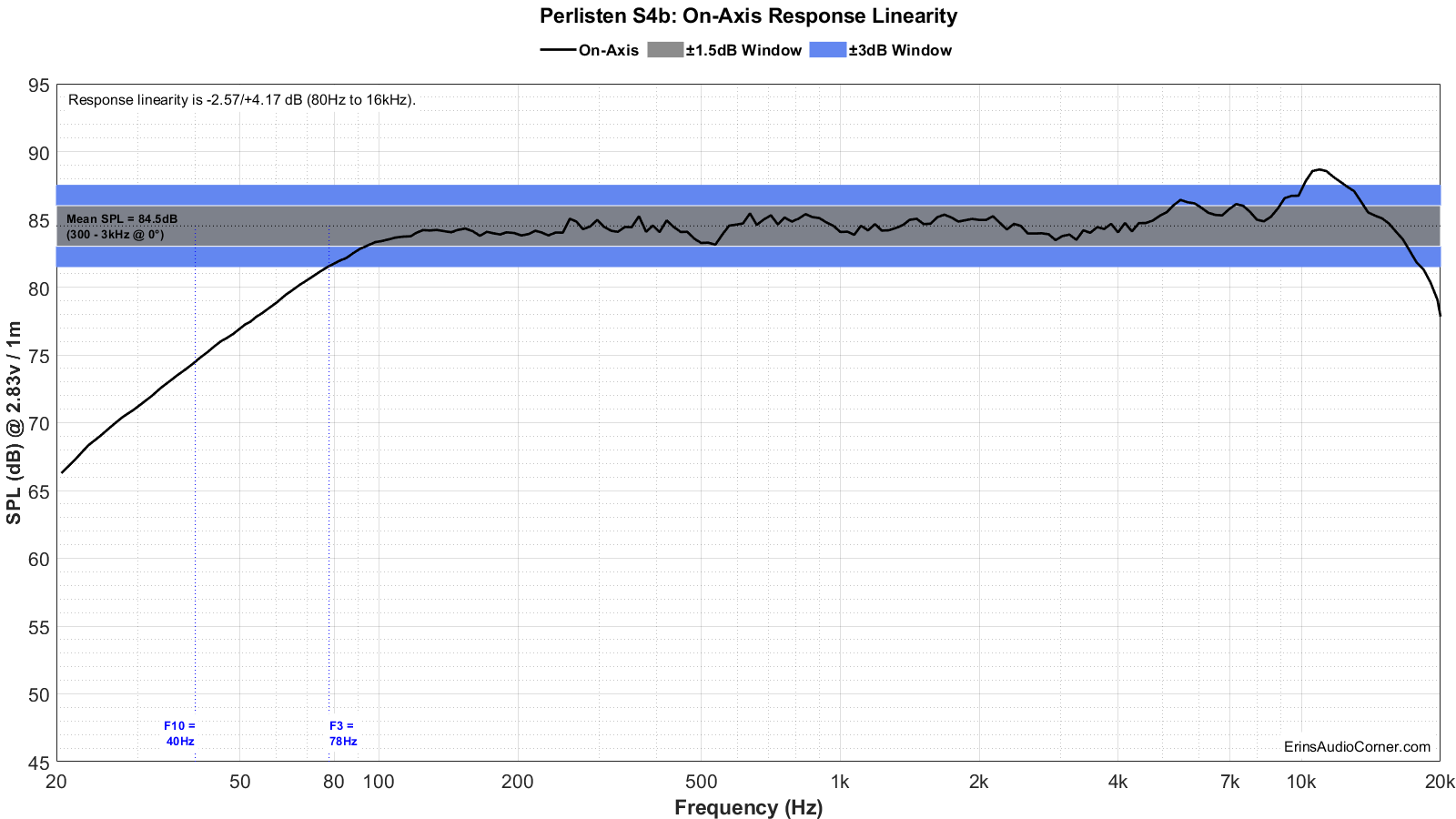purebordem
Member
- Joined
- Jul 14, 2019
- Messages
- 5
- Likes
- 13
While certainly not a percussion duration transient, I would hardly consider 200ms sustain either. Perhaps listener fatigue would have been a more appropriate term than "easiness". Increased variability in perception (ie: difficulty) is going to slowly wear during long listening sessions.There is no transient response mentioned, is there? Easyness? As it comes to the amplitude of reflections, in this experiemnt they were up to 8dB greater than the first sound, maintaining roughly localization from the first. With speakers reflections are necessarily quiter than the direct sound. Reflection loss, directivity and attenuation by distance! Mind You, this experiement was centered at 750Hz, where even sloppily designed speakers exhibit quite a deal of directivity, if not unvoluntarily.
Not the least, the research quoted is focussed on human hearing, decidedly not on stereo.
As for the paper, if you had read in the time frame you claimed, you would have noticed they actually centered it on 500Hz with a 800hz bandwidth.
(Yes, I'm reading and understanding a bit fast, don't worry. 5min it took, and You read it?)
If you are going to keep up with the decidedly snarky attitude and poor excuse for wit, it might behoove you to at least spell correctly occasionally.



